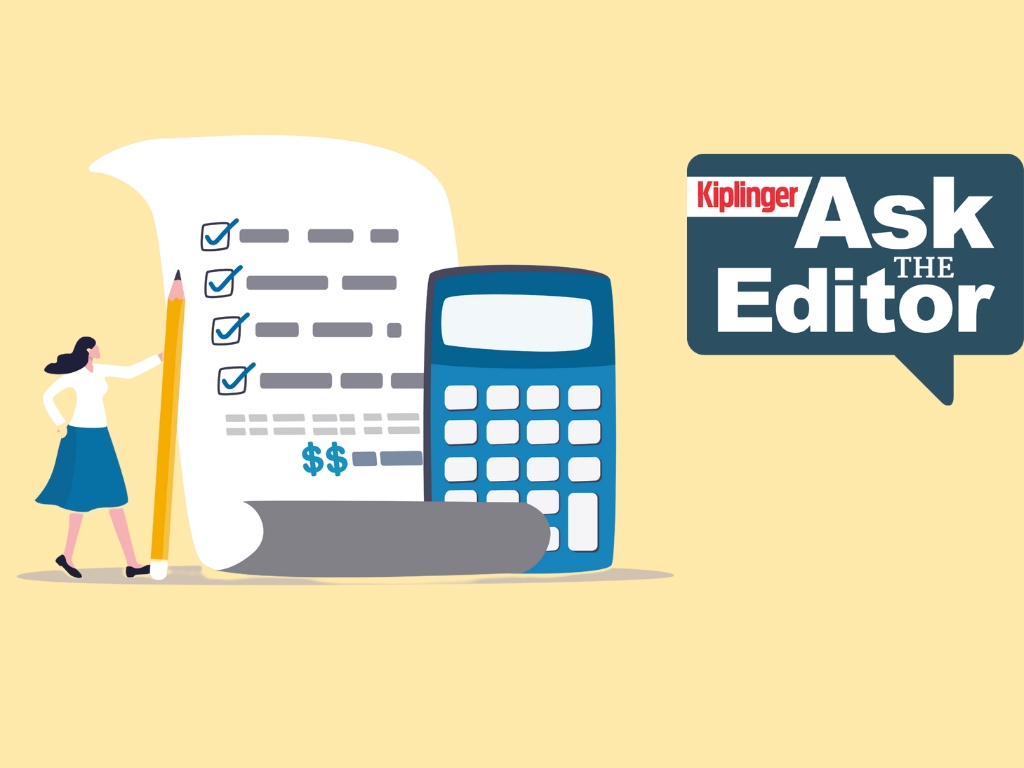4 Types of Federal Student Loans to Consider
If you plan to borrow money to help foot the bill for college, here's what you need to know.
Editor's note This article originally was published in the April 2014 issue of Kiplinger's Personal Finance.
Finding the right fit also means keeping student debt within reason. One benchmark suggests that students should borrow no more than they expect to earn in their first year in the workforce. (Students who borrow graduate with an average of $29,400 in debt, according to the Project on Student Debt.) Max out federal loans before even considering private debt: Federal loans come with flexible repayment programs and other protections. Here are the federal loans available to undergraduates or their parents.
Direct Subsidized (Stafford). With these loans, available to undergraduates with financial need, the feds cover the interest through school and up to six months after graduation. (For loans taken out between July, 1, 2012, and July 1, 2014, that grace period after graduation won’t be covered.) You can borrow up to $3,500 your first year, $4,500 your second year and $5,500 after that, for a maximum of $23,000 for undergraduates. The interest rate—4.66% for loans taken out for the 2014–15 academic year—is fixed, but it resets for new loans each year.
From just $107.88 $24.99 for Kiplinger Personal Finance
Become a smarter, better informed investor. Subscribe from just $107.88 $24.99, plus get up to 4 Special Issues

Sign up for Kiplinger’s Free Newsletters
Profit and prosper with the best of expert advice on investing, taxes, retirement, personal finance and more - straight to your e-mail.
Profit and prosper with the best of expert advice - straight to your e-mail.
Direct Unsubsidized (Stafford). You don’t need to demonstrate financial need to take an unsubsidized loan. The interest begins accruing while you’re in school. The annual maximum for undergraduates ranges from $5,500 to $7,500, minus any subsidized loans received over the same period. As with subsidized loans, you will repay this year’s loans at 4.66%; the rate resets each year for new loans.
Perkins. These federal student loans are for undergraduate and graduate students with high financial need. The interest rate is a fixed 5%, and undergraduates can borrow up to $5,500 a year, for a total of up to $27,500.
PLUS. For these loans, available to parents, you must undergo a credit check to prove that you have no “adverse” credit history—for example, declaring bankruptcy within the past five years. You can borrow up to the cost of attendance (minus other financial assistance your student has received); the current interest rate is a fixed 7.21%.
Profit and prosper with the best of Kiplinger's advice on investing, taxes, retirement, personal finance and much more. Delivered daily. Enter your email in the box and click Sign Me Up.
Susannah Snider worked as a research-reporter and staff writer at Kiplinger Personal Finance Magazine. She went on to serve as managing editor for money at U.S. News, overseeing articles and content covering real estate, personal finance and careers. She is a certified financial planner professional and earned her CFP marks in 2019.
-
 Ask the Editor: Itemized Deductions
Ask the Editor: Itemized DeductionsAsk the Editor In this week's Ask the Editor Q&A, Joy Taylor answers questions on itemized deductions claimed on Schedule A of Form 1040
-
 9 Types of Insurance You Don't Need
9 Types of Insurance You Don't NeedFinancial Planning If you're paying for these types of insurance, you may be wasting your money. Here's what you need to know.
-
 Are You Putting Yourself Last? The Cost Could Be Your Retirement
Are You Putting Yourself Last? The Cost Could Be Your RetirementIf you're part of the sandwich generation, it's critical that you don't let the needs of your aging parents come at the expense of your future.
-
 9 Types of Insurance You Probably Don't Need
9 Types of Insurance You Probably Don't NeedFinancial Planning If you're paying for these types of insurance, you may be wasting your money. Here's what you need to know.
-
 New Ways to Use 529 Plans
New Ways to Use 529 PlansTax-free withdrawals from 529 plans could help you sharpen your job skills.
-
 I Want to Help Pay for My Grandkids' College. Should I Make a Lump-Sum 529 Plan Contribution or Spread Funds out Through the Years?
I Want to Help Pay for My Grandkids' College. Should I Make a Lump-Sum 529 Plan Contribution or Spread Funds out Through the Years?We asked a college savings professional and a financial planning expert for their advice.
-
 Amazon Resale: Where Amazon Prime Returns Become Your Online Bargains
Amazon Resale: Where Amazon Prime Returns Become Your Online BargainsFeature Amazon Resale products may have some imperfections, but that often leads to wildly discounted prices.
-
 How Intrafamily Loans Can Bridge the Education Funding Gap
How Intrafamily Loans Can Bridge the Education Funding GapTo avoid triggering federal gift taxes, a family member can lend a student money for education at IRS-set interest rates. Here's what to keep in mind.
-
 How an Irrevocable Trust Could Pay for Education
How an Irrevocable Trust Could Pay for EducationAn education trust can be set up for one person or multiple people, and the trust maker decides how the money should be used and at what age.
-
 UTMA: A Flexible Alternative for Education Expenses and More
UTMA: A Flexible Alternative for Education Expenses and MoreThis custodial account can be used to pay for anything once the beneficiary is considered an adult in their state. There are some considerations, though.
-
 Coverdell Education Savings Accounts: A Deep Dive
Coverdell Education Savings Accounts: A Deep DiveWhile there are some limitations on income and contributions, as well as other restrictions, a Coverdell can be a bit more flexible than a 529 plan.